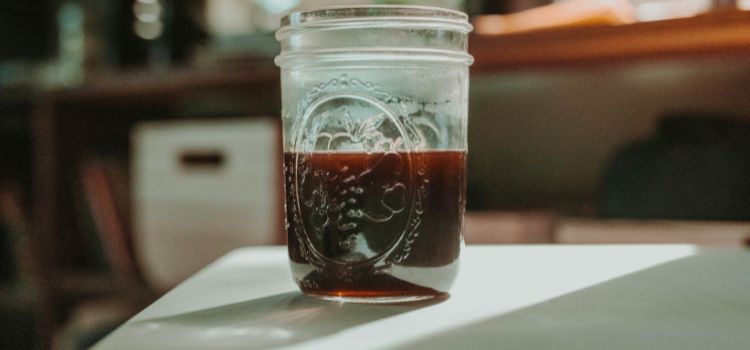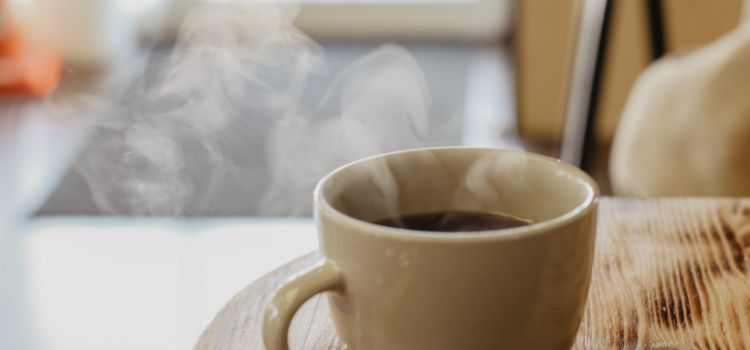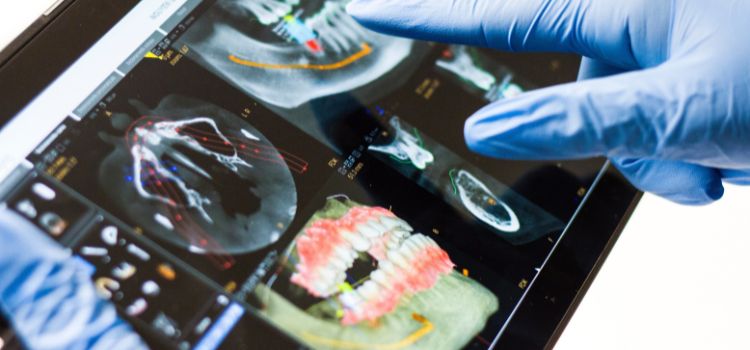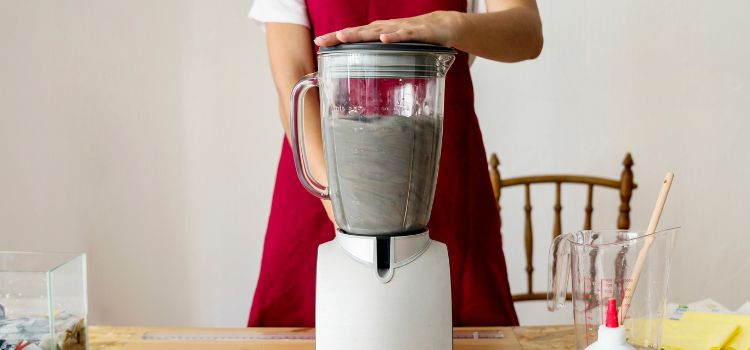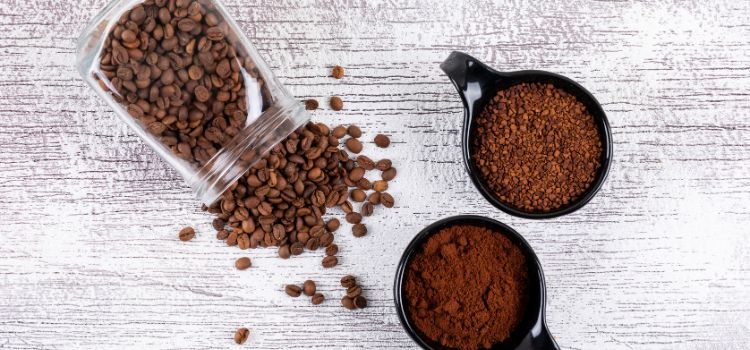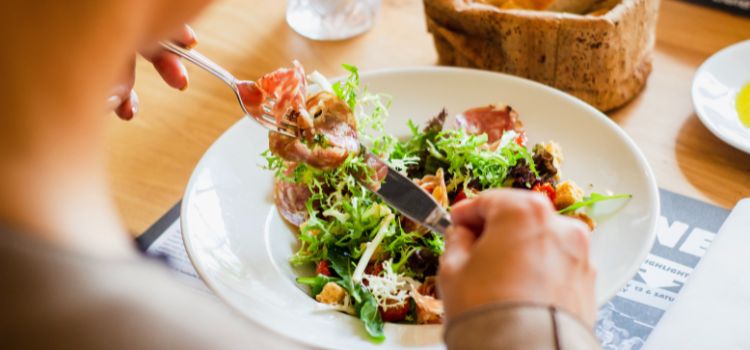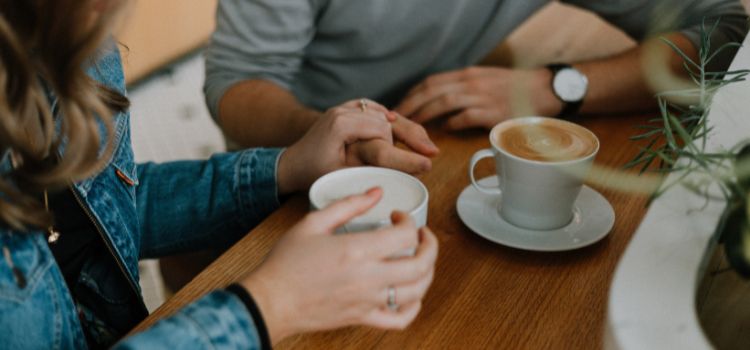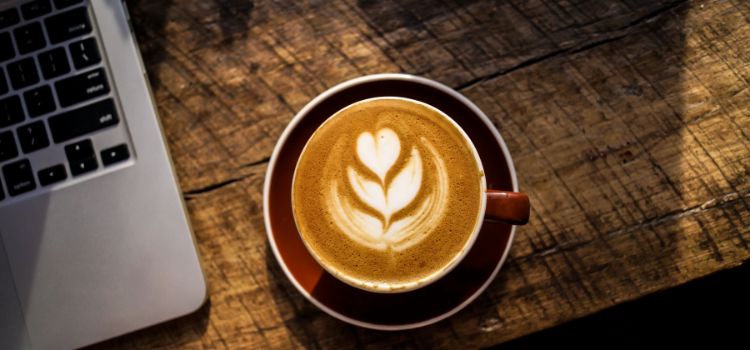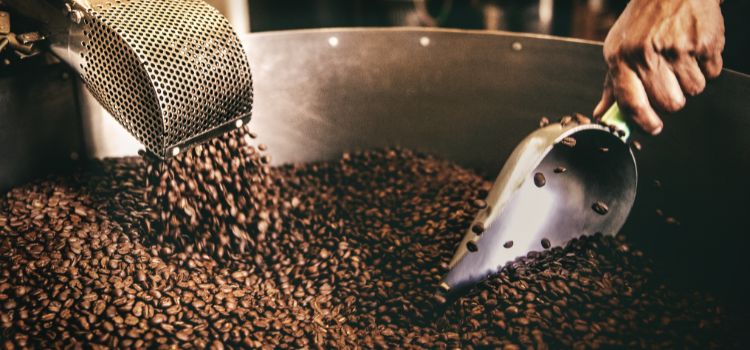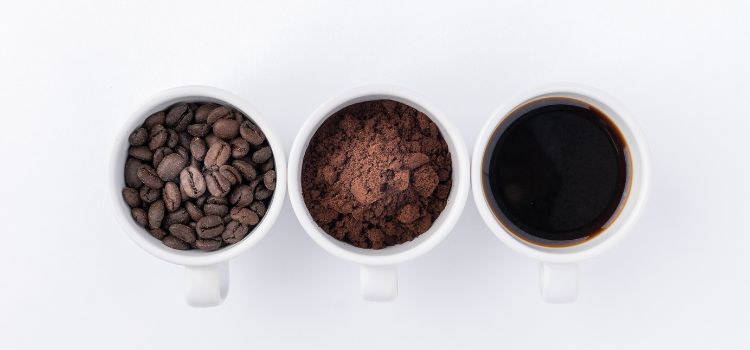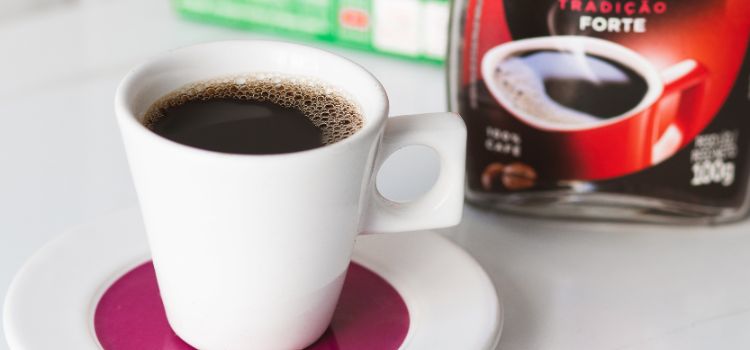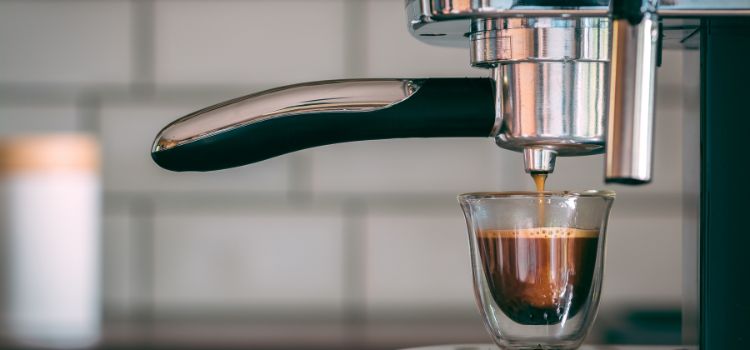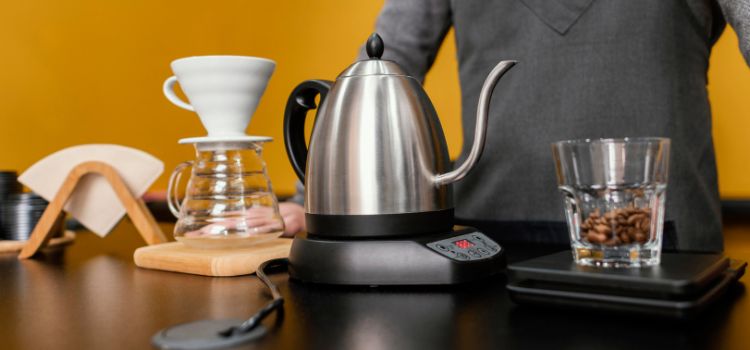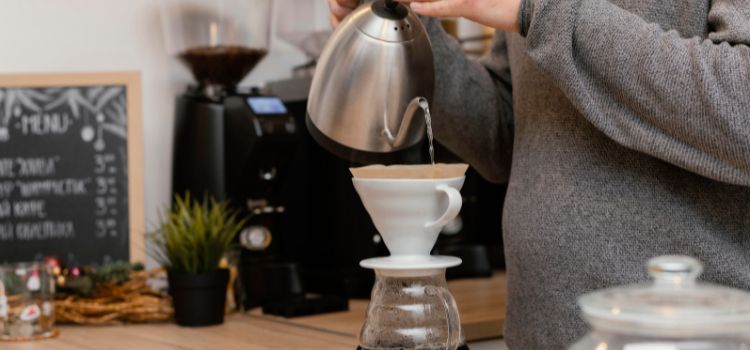Javy Coffee does not need to be refrigerated. It is suitable for storage at ambient temperature.

Welcome to the world of Javy Coffee, where you can enjoy a delicious and invigorating cup of coffee without the hassle of refrigeration. Whether you’re a coffee connoisseur or just enjoy a quick boost of energy in the morning, Javy Coffee offers a convenient and flavorful solution.
With its unique blend of arabica coffee beans and all-natural ingredients, Javy Coffee delivers a rich and smooth taste that will leave you wanting more. The best part is, you don’t have to worry about taking up valuable fridge space or dealing with messy spills. Simply store Javy Coffee at room temperature, and it will be ready to enjoy whenever you need a pick-me-up. So, say goodbye to the refrigerator and hello to the convenience of Javy Coffee.
Understanding Javy Coffee
If you’re a coffee lover, you may have come across Javy Coffee and wondered about its unique qualities. In this section, we will explore what Javy Coffee is, how it is made, and what makes it different from other coffee options. So, let’s dive in and discover the world of Javy Coffee!
What Is Javy Coffee?
Javy Coffee is an innovative coffee product that promises to enhance your coffee experience in a convenient way. It is a proprietary blend of high-quality coffee beans that undergoes a specialized infusion process to produce a rich and concentrated coffee concentrate. This concentrate can then be used to make a variety of coffee-based beverages.
How Is Javy Coffee Made?
Unlike traditional methods of brewing coffee, Javy Coffee is made using a unique infusion process. It starts with carefully selected coffee beans that are roasted to perfection. These beans are then ground to a specific consistency to ensure optimal flavor extraction.
Next, the ground coffee is steeped in cold water for an extended period. This cold brewing process allows for a slow extraction of flavors and eliminates the bitterness often associated with traditional brewing methods. Once the infusion is complete, the coffee is filtered to remove any sediments, resulting in a smooth and concentrated coffee liquid.
What Makes Javy Coffee Different?
Javy Coffee sets itself apart from other coffee products in several ways. First and foremost, its cold infusion process produces a concentrate that is highly concentrated and full-bodied. This means you can use less Javy Coffee to achieve the same taste strength as regular coffee.
Furthermore, Javy Coffee does not require refrigeration due to its low acidity and unique extraction process. Unlike other coffee concentrates that lose their freshness when exposed to air, Javy Coffee maintains its flavor profile and freshness for an extended period, even without refrigeration.
Additionally, Javy Coffee is incredibly versatile and can be used in various ways. Whether you prefer hot coffee, iced coffee, espresso-based drinks, or even baking recipes that call for coffee, Javy Coffee can be easily incorporated without sacrificing flavor or quality.
In conclusion, Javy Coffee is a remarkable coffee product that offers convenience, flavor, and versatility. From its unique infusion process to its concentrated nature and long shelf life, Javy Coffee provides coffee enthusiasts with an exceptional brewing option. So why not give Javy Coffee a try and elevate your coffee experience to new heights?
Does Javy Coffee Need To Be Refrigerated?
Proper storage is essential for maintaining the freshness and quality of Javy Coffee. One common question that arises is whether Javy Coffee needs to be refrigerated. In this section, we will explore the importance of storing Javy Coffee properly, factors to consider when deciding to refrigerate it, the benefits and drawbacks of refrigeration, and best practices for ensuring optimum storage conditions.
The Importance Of Storing Coffee Properly
Storing coffee properly is crucial to prevent the loss of its natural flavors and aromas. Improper storage can lead to oxidation, light exposure, and moisture absorption, which negatively impact the taste and quality of the coffee. As coffee beans are hygroscopic, they readily absorb odors and flavors from their surroundings. Hence, it is of utmost importance to store Javy Coffee in an airtight container, away from light, heat, and moisture.
Factors To Consider When Deciding To Refrigerate Javy Coffee
While refrigeration may seem like a logical choice to prolong the shelf life of perishable items, similar principles do not necessarily apply to Javy Coffee. The decision to refrigerate Javy Coffee depends on several factors:
| Factors | Description |
|---|---|
| Humidity | Refrigeration can introduce moisture into the coffee, causing it to lose its flavor and become stale. |
| Odor absorption | Javy Coffee can absorb odors from other food items in the refrigerator, resulting in an altered taste profile. |
| Condensation | The temperature fluctuations inside a refrigerator can lead to condensation on the coffee, degrading its quality. |
Benefits Of Refrigerating Javy Coffee
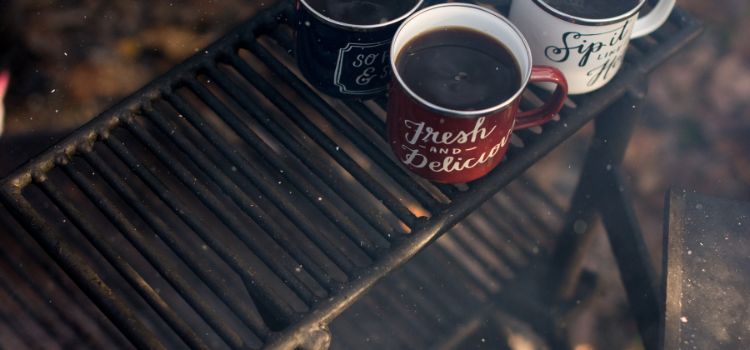
Despite the factors mentioned above, refrigeration can offer a few benefits when it comes to storing Javy Coffee:
- Extended shelf life: Refrigeration can slow down the oxidation process, extending the shelf life of Javy Coffee.
- Consistency of freshness: If you purchase coffee in large quantities, refrigeration can help maintain a consistent level of freshness.
Drawbacks Of Refrigerating Javy Coffee
However, it is important to be aware of the potential drawbacks of refrigerating Javy Coffee:
- Loss of flavor: Refrigeration can cause Javy Coffee to lose its natural flavors and nuances, resulting in a less enjoyable cup of coffee.
- Moisture absorption: The humidity inside a refrigerator can cause Javy Coffee to absorb moisture, leading to a stale taste and texture.
Best Practices For Storing Javy Coffee
To ensure optimal freshness and flavor, follow these best practices for storing Javy Coffee:
- Use an airtight container: Store Javy Coffee in an airtight container to prevent the exposure to oxygen and moisture.
- Avoid light and heat: Keep the coffee away from direct sunlight and heat sources, as they can accelerate the deterioration process.
- Store in a cool, dry place: Find a cool and dry area, such as a pantry or cupboard, to store the coffee.
- Grind before brewing: For an enhanced flavor experience, grind Javy Coffee just before brewing, as this helps retain the coffee’s natural oils and flavors.
By following these practices, you can ensure that your Javy Coffee remains fresh and flavorful, ready to be enjoyed whenever you crave a rich and satisfying cup.
Frequently Asked Questions On Does Javy Coffee Need To Be Refrigerated
Do You Need To Refrigerate Coffee Concentrate?
Yes, you should refrigerate coffee concentrate. It helps to maintain freshness and extends its shelf life.
Is Javy Worth The Hype?
Yes, Javy is worth the hype. He is highly talented and has consistently proven his skills on the field. His performance and contributions to the team justify the attention and excitement surrounding him.
Does Brewed Coffee Need To Be Refrigerated?
No, brewed coffee does not need to be refrigerated. It can be left at room temperature for up to 12 hours without spoiling. Beyond that, it is recommended to store it in an airtight container in the refrigerator for freshness.
Do You Mix Javy With Water?
No, Javy should not be mixed with water. Mixing Javy with water may affect its effectiveness.
Conclusion
It is not necessary to refrigerate Javy Coffee, but it is recommended for maintaining its quality and freshness. By storing it in a cool, dry place, you can extend the shelf life and ensure optimal flavor. Remember to seal the packaging tightly to prevent any moisture or odors from penetrating.
Enjoy your Javy Coffee at its best by following these simple storage tips.


